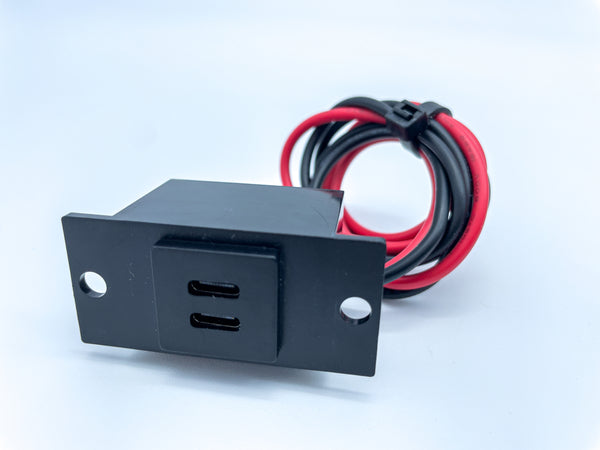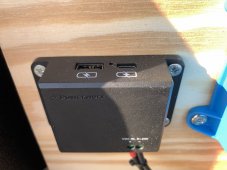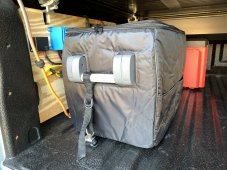Wow, this thread is a goldmine! Nice to know I'm not the only one pursuing this. Here's what I can add to the pile:
I got the
outlets linked above by
@Symbioquine. I like that I can replace them with a plain CLA port in the same hole if they die. They are rated 36W on A and 60W on C -- but only if powered from a 24V source. My house battery is 24V so this is ok for me. They do glow blue while connected to power, so I'll be putting them on switches. I get 5.87mA @ 24V and 6.70mA @ 12V for the standby draw.
Bench testing bears out the specs. I powered the adapter from my bench PSU, set at 24.0V and 12.0V to test. Obviously the measurements are from the supply side of the adapter so the actual charge rates were less due to conversion efficiency.
Charging my GF's macbook from 50% battery with 24.0V input to the adapter drew around 2.4A. So that's ~57W, and Apple System Profile reports 65W. A while later when battery was up to 80% the draw was 1.6A (~38W) and System Profile still reported 65W after refreshing. The macbook got up to 100% in under an hour and the adapter was only barely warm.
Powering from 12V instead, the adapter drew 2.9A and System Profile reported 36W. But again, as the charge current tapered down to 1.5A the MacBook still reported 36W. So, I suspect that Apple's System Profile just tells you the negotiated charge rate not actual...The Amazon listing for the USB adapter says the charge rate reduces to 27W on both ports when powered from 12V -- I'm not sure what to make of that.
Now, MY laptop is another question. The Lenovo P17 ships with a 65W brick in the base configuration, 170W for the midlevel graphics card, and 230W with the largest graphics card option. Lenovo doesn't put a USB-C charge port on it, I assume because USB-PD is still too rare and confusing for broad consumer use. It uses their "slim tip" power plug. When my build is finished I plan to hack a slimtip plug onto a plain CLA with a voltage regulator in between and try running off my house battery. This will only work in my rig (24V CLA), but that's all I need. For now, I'm using an off-the-shelf 12V "travel adapter" rated to 90W. My machine won't charge or even boot with that plugged in, since it has a resistor to define the power rating -- but I can at least recharge the laptop while it's shut down, which is great for topping up overnight without idling the inverter.
BTW if you're on windows The utliity
HWiNFO is
awesome for looking at power usage (as well as pretty much anything else you could imagine).
If someone comes across something like this with more than 65w, please post and let us know. Laptops and other devices grow more and more power hungry.
I agree that 65W feels like the current ceiling but I'm thinking the rest of the world will -- gradually -- grasp what a great idea USB-C is and we'll figure out how to clarify all the different "flavors" of cable/protocol to a lay audience. Slim, compact "executive" type laptops often ship with 65W power supplies to start with and already have off-the-shelf solutions, I dunno how long it will take for the minority with workstations to get our answer.
Sill, I wouldn't characterize even workstation laptops as "power hungry" -- feels to me like getting a pretty good deal if I can run engineering-grade parametric modeling software wide open and only consume 230W. And when I'm NOT spinning the fans, the machine consumes far, far less -- as low as 20W while emailing. Maybe I'm just easily impressed : )
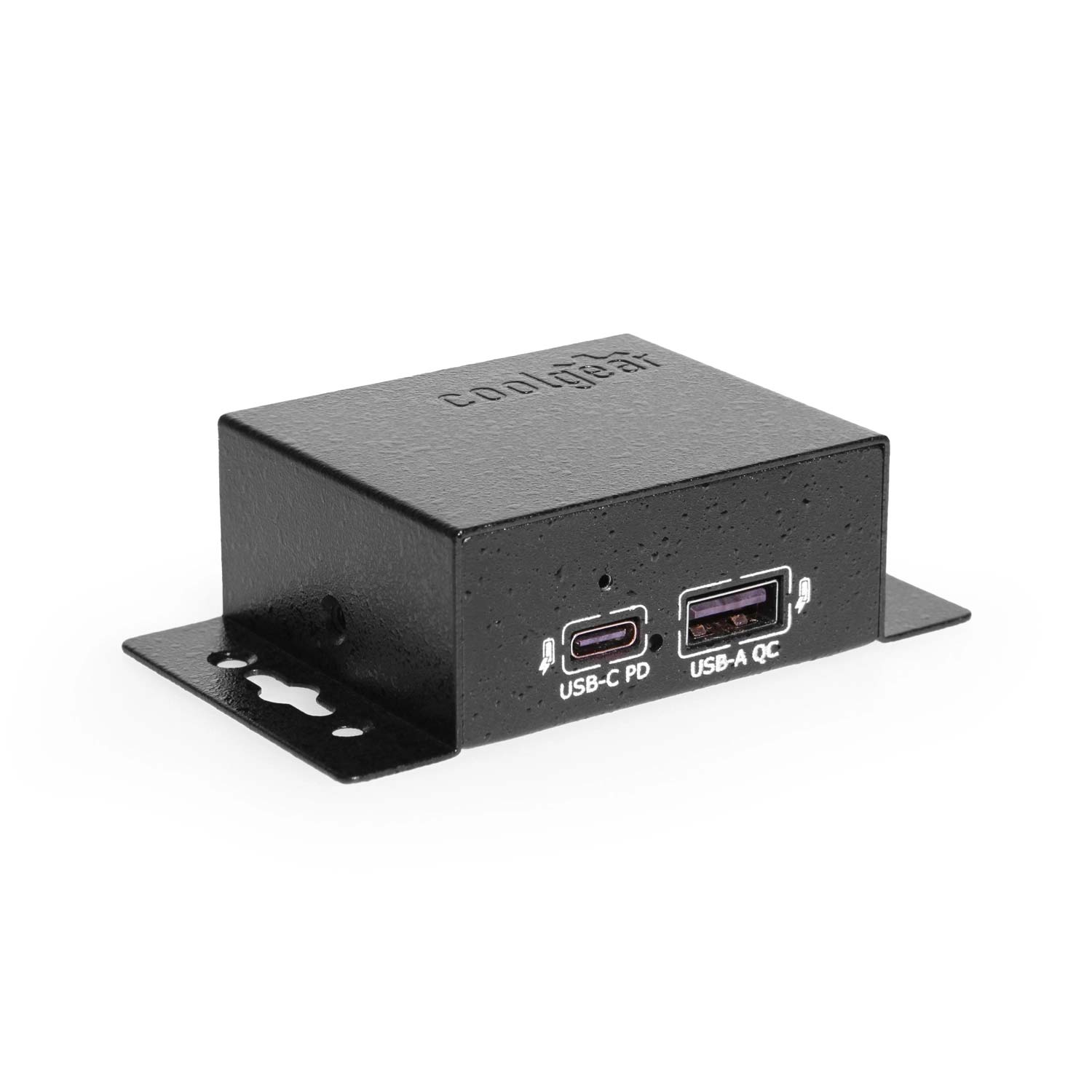
www.coolgear.com
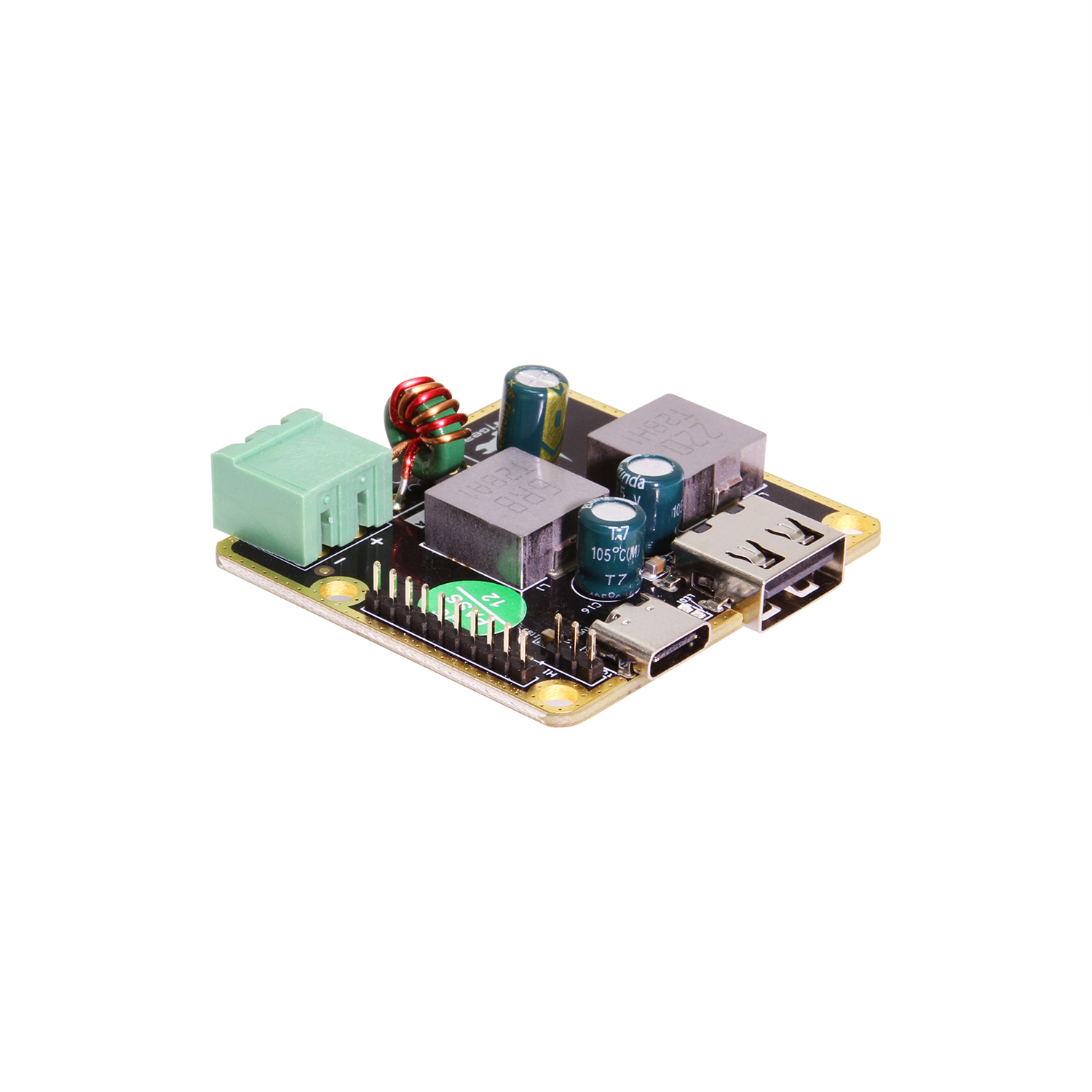
www.coolgear.com



